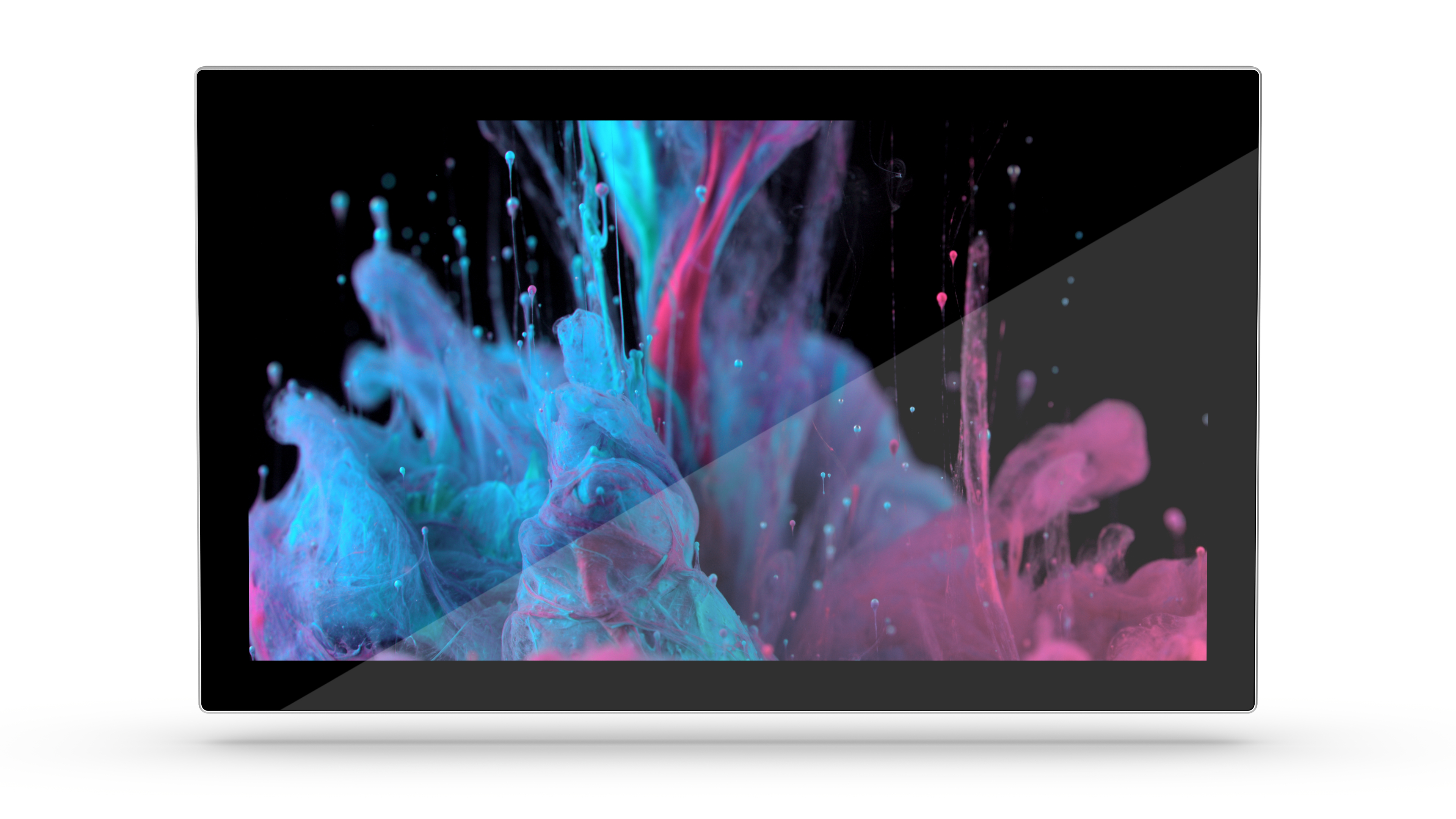A new material that is both highly transparent and electrically conductive was recently discovered by materials scientists and engineers at Penn State University. The university's scientists agree that it could be used to produce not only large-screen displays, but also so-called "smart windows" and even touchscreens and solar cells more cost-effectively and efficiently than ever before, replacing the ITO that has been used so far.
Efficient and cost-effective ITO replacement
Indium tin oxide, or ITO for short, is a transparent conductor that is used in many displays. However, the indium contained in it is a rare and, above all, expensive material, the occurrence of which on earth will be exhausted in just a few years. That's why researchers around the world have been looking for years for a replacement that is at least on an equal footing. Over time, many alternatives have also been created. But so far, not a single one has managed to completely displace or completely replace the ITO (and its excellent optical and electrical properties).
This fact was decisive for the researchers at Penn State University for the scientific work, the success of which was published on the university's website at the beginning of December 2015. In doing so, they discovered that there is a class of materials that can compete with ITO and at the same time are significantly cheaper than ITO.
Strontium vanadate and calcium vanadate
The researchers use thin, 10-nanometer-thick film of an unusual class of materials. So-called correlated metal in which the electrons flow like a liquid. In normal metals such as copper, gold, aluminum or silver, electrons flow like particles in a gas. But in correlated metals such as strontium vanadate (SrVO3) and calcium vanadate (CaVO3), they interact with each other.
This gives the material a high level of optical transparency and metal-like conductivity. And as soon as light falls on them, it becomes even more transparent. The two materials that researchers specifically worked on were strontium and calcium vanadate.
Indium versus Vanadium
Currently, one kilogram of indium costs about $ 750. Compared to vanadium, which currently costs only $ 25 per kg, the latter is significantly cheaper to buy. Strontium is even cheaper. Thus, the procedure discovered by the scientists is a tempting alternative for ITO.

